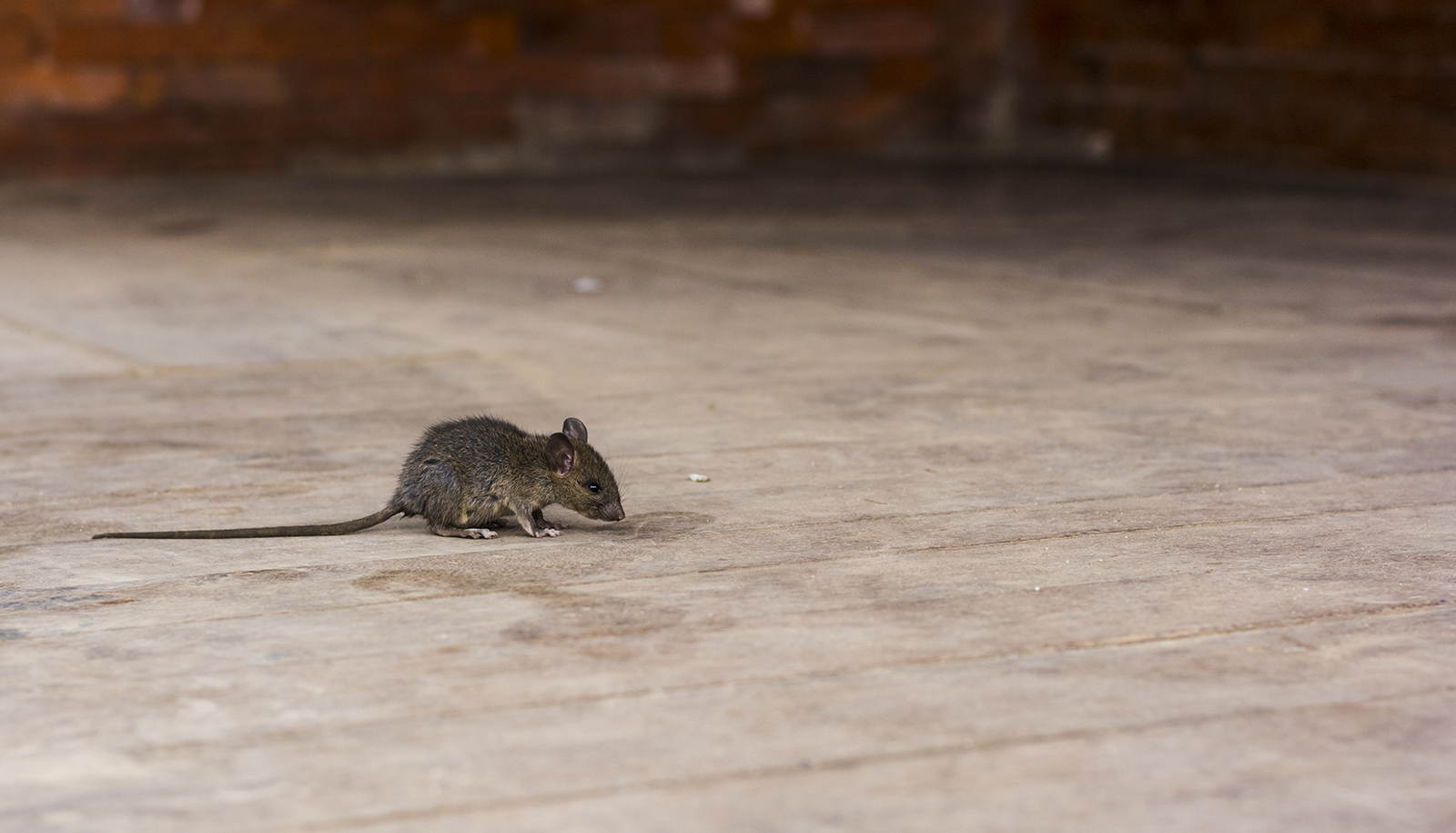In the pursuit of a more sustainable and environmentally conscious lifestyle, every aspect of our daily lives comes under scrutiny — including how we manage pests in and around our homes.
Traditional pest control methods have often relied on the liberal use of chemicals that can harm our health, the ecosystem, and even our homes. Fortunately, the rise of eco-friendly pest control offers a compelling solution for a healthier planet and potential savings and benefits in your home.
This comprehensive guide will dive deep into eco-friendly pest control, its various methods, and its advantages.
UNDERSTANDING ECO-FRIENDLY PEST CONTROL
At its core, eco-safe pest control is a holistic approach to managing pests while minimizing negative impacts on the environment, human health, and non-target organisms. The goal is not eradication but maintaining a balanced ecosystem where pests are managed effectively without compromising the overall harmony of nature.
Let’s explore the key methods that fall under the umbrella of eco-friendly pest control.
5 Eco-Friendly Methods to Control Pests
1. Biological Control: This method involves the introduction of natural predators, parasites, or pathogens to control pest populations. Ladybugs for aphids and nematodes for soil-dwelling pests exemplify how nature’s mechanisms can be harnessed for pest management.
2. Cultural Practices: By modifying the habitat or environment, we can discourage pests from taking up residence. Crop rotation, proper waste disposal, and maintaining cleanliness in and around homes are cultural practices that deter pests naturally.
3. Natural Predators: Encouraging beneficial insects and animals in your garden or around your property can decrease pest populations. Birds, spiders, and certain types of wasps are natural predators that help keep pest numbers in check.
4. Plant-Based Solutions: Certain plants are natural insect repellents. For example, marigolds can deter aphids, while garlic and onion sprays can control various pests.
5. Traps and Barriers: Physical barriers and traps can limit the movement and reproduction of pests. Sticky traps, pheromone traps, and row covers are examples of eco-friendly trapping methods.
NATURAL PEST CONTROL METHODS
Natural pest control methods offer a safer and more sustainable approach to managing unwanted pests. Below are a few ways environmentally friendly pest control companies use nature to ward off unwanted pests.
Diatomaceous Earth: Composed of fossilized algae, this natural powder dehydrates crawling insects upon contact, effectively controlling pests like ants, bedbugs, and fleas without posing risks to humans or pets.
Essential Oils: Aromatic oils such as peppermint, lavender, and eucalyptus offer a fragrant and natural way to repel insects. Diluted and strategically applied, these oils deter pests while leaving behind a pleasant scent.
Neem Oil: Derived from the neem tree, this oil disrupts the growth and reproduction of insects, providing a safe and environmentally friendly method to control a wide range of pests without harming beneficial creatures.
Sticky Traps: These simple yet efficient tools coated with sticky substances are excellent for monitoring and managing flying insects. From flies to gnats and even certain spiders, sticky traps offer a non-toxic indoor solution for pest control.
BENEFITS OF ENVIRONMENTALLY FRIENDLY PEST CONTROL
The advantages of embracing environmentally friendly pest control products and practices go far beyond just environmental considerations. Here’s a more detailed look at why this approach is gaining popularity:
1. Environmental Preservation: Traditional chemical pesticides can seep into the soil, water bodies, and the air, causing harm to non-target organisms, wildlife, and entire ecosystems. Eco-friendly methods focus on minimizing these harmful impacts, ensuring a healthier planet for future generations.
2. Health and Safety: Chemical pesticides pose risks to human health and exposure to these toxins can lead to various health issues — ranging from minor skin irritations to severe respiratory problems and even chronic diseases. Meanwhile, co-friendly pesticides prioritize the safety of your family and pets by using natural, less toxic alternatives.
3. Long-Term Effectiveness: Chemical pesticides often provide short-term relief but cannot address the underlying causes of pest infestations. Eco-friendly methods take a more comprehensive approach, targeting the root causes and creating a more sustainable solution.
4. Preservation of Beneficial Organisms: Traditional pesticides don’t discriminate between pests and beneficial organisms, leading to ecosystem disruptions. Eco-friendly methods allow natural predators to thrive, helping maintain a balanced and biodiverse environment.
5. Reduced Resistance: Pests can develop resistance to chemical pesticides over time, rendering these treatments ineffective. Eco-friendly methods often involve multiple strategies, making it harder for pests to develop resistance, ensuring long-term control.
ECO-FRIENDLY TERMITE CONTROL
As you well know, termites can wreak havoc on the structure of your home, so they aren’t to be taken lightly. However, embarking on the journey of eco-friendly termite control involves several key steps.
To begin, pinpointing the source of termite infestation is paramount. Identifying their entry points and pathways will provide insights into their nesting areas. With this knowledge, you can effectively explore eco-friendly remedies tailored to eradicate termites.
Investigate non-toxic methods, such as natural barriers and repellents, aligning with your sustainability commitment. By understanding termites’ behavior and adopting eco-friendly solutions, you’ll proactively address the issue while minimizing the environmental impact. Consider these options:
- Cardboard Traps: Placing damp cardboard near termite-prone areas attracts them. Once the cardboard is infested, carefully remove and destroy it along with the termites.
- Soapy Water: Water and biodegradable soap can be sprayed directly on termites to suffocate them. This simple solution avoids harsh chemicals.
- Boric Acid: Dusting boric acid near termite entry points or infested areas is a non-toxic yet potent way to eradicate termites by disrupting their digestion process acting as an eco-friendly exterminator.
- Saltwater Solution: When sprayed on termites or infested wood, salt and water act as an eco-friendly bug spray by naturally dehydrating and killing these pests.
These eco-friendly approaches provide effective alternatives to chemical treatments while promoting a greener and more sustainable approach to termite control.
Eco-friendly pest control is a pivotal component of our collective effort to create a more sustainable world. By prioritizing the environment, our health, and the intricate balance of nature, we can effectively manage pest populations without compromising the ecosystem. So, as you consider pest control options, remember that embracing eco-friendly methods is a step towards a greener future and a savvy choice for the well-being of your home and loved ones.
And if you need help finding the best homeowners insurance coverage for the best price, start by speaking to a SimplyIOA agent at 833.872.4467 or get a homeowners insurance quote online now.










